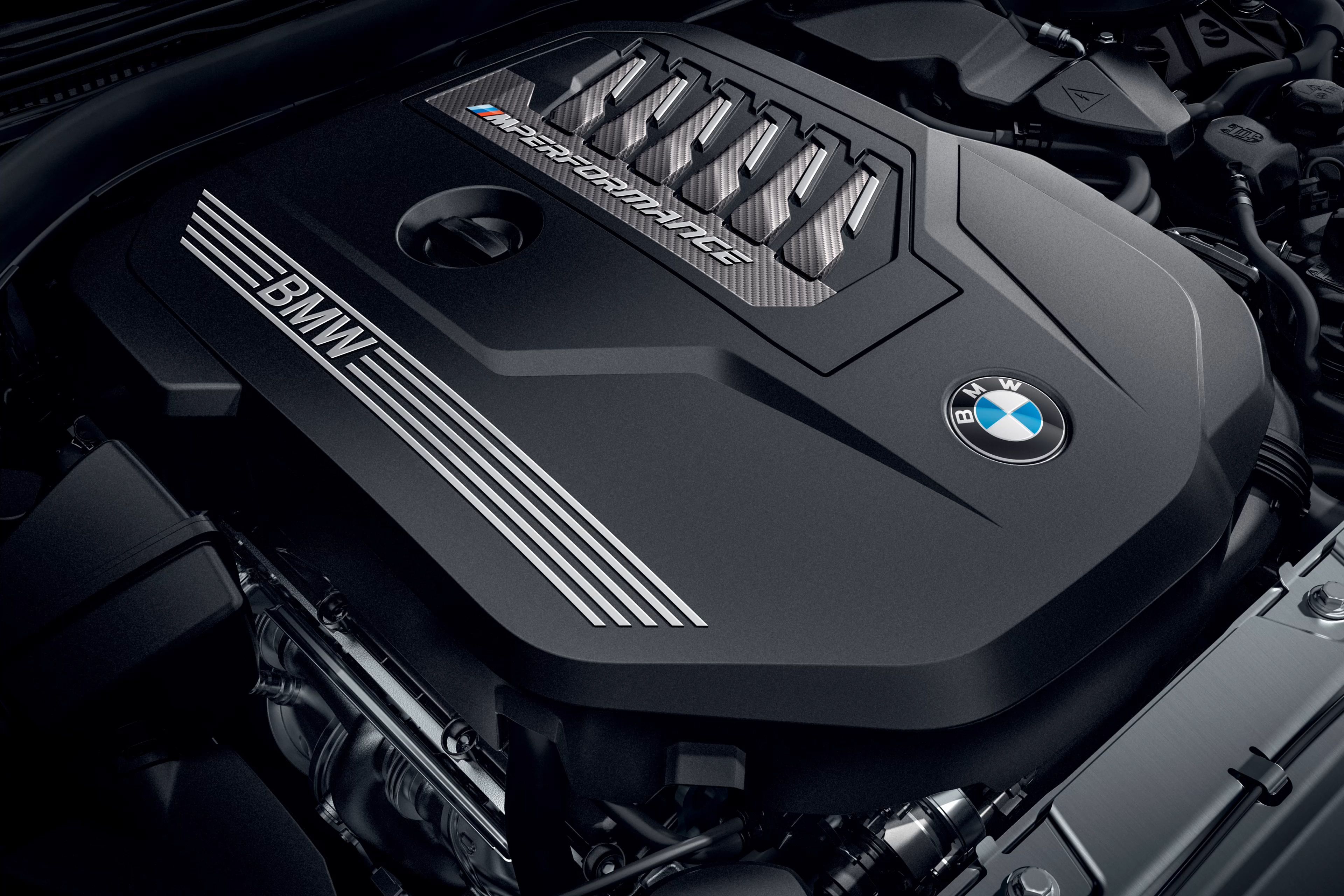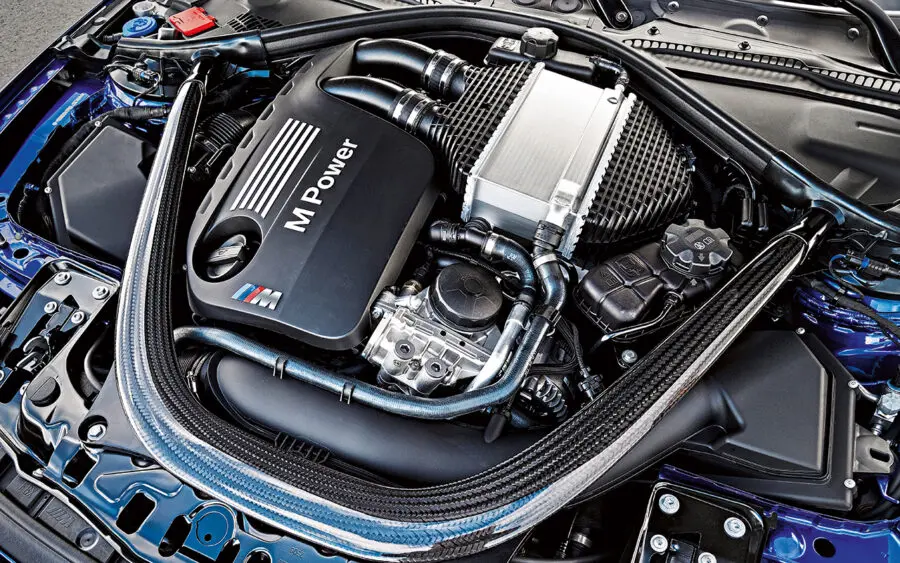Why the BMW Engine Is Taken Into Consideration Among the very best in Deluxe Automobiles
Why the BMW Engine Is Taken Into Consideration Among the very best in Deluxe Automobiles
Blog Article
Exploring the Advancement of Combustion Engines in Modern Transportation Equipments
As we browse the landscape of contemporary transport, the evolution of combustion engines stands as a testament to human resourcefulness and design prowess. The interplay of history, technology, and environmental issues in forming the trajectory of burning engines creates a narrative that is both compelling and informative.
Early Beginnings of Combustion Engines
Exactly how did the principle of combustion engines very first emerge in the very early stages of transportation development? When the concepts of interior combustion were initial checked out, the origins of combustion engines can be mapped back to the 17th century. In 1673, Christian Huygens conceptualized a standard interior burning engine that made use of gunpowder to create power. Nonetheless, it had not been until the late 19th century that practical applications of burning engines in transport began to emerge.
The development moment included the invention of the very first effective gasoline-powered engine by Karl Benz in 1885 - bmw engine. This engine led the means for the growth of the contemporary automobile, changing transport systems worldwide. Succeeding technologies by Nikolaus Otto and Gottlieb Daimler better improved burning engine technology, bring about the mass manufacturing of vehicles and the quick expansion of the transportation industry
These very early burning engines were characterized by their simplicity and effectiveness, laying the foundation for the facility and powerful engines made use of in contemporary transportation systems. The evolution of combustion engines has actually contributed fit the method we travel and transfer items, marking a significant landmark in the background of transport development.
Transition to Internal Burning Innovation
The change to interior combustion modern technology marked a pivotal change in the evolution of transportation systems. This shift began in the late 19th century, with creators like Nikolaus Otto and Gottlieb Daimler developing the very first successful inner burning engines. These engines reinvented transportation by using an extra effective and efficient choice to steam engines and electric motors.
One of the vital advantages of internal combustion engines was their ability to be reduced to suit vehicles, causing the growth of motorbikes and cars. This shift from bulky, stationary engines to small, mobile ones led the way for the modern-day transport systems we see today.
The transition to internal combustion technology likewise spurred innovations in gas modern technology, causing the advancement of fuel and diesel as primary fuel sources for lorries. This shift not just made transportation more accessible to the masses however additionally laid the foundation for the oil and gas sector to end up being indispensable to international economies.
Effect of Combustion Engines on Transport
The fostering of combustion engines in transport systems catalyzed a profound change in the performance and rate of worldwide Resources mobility. Combustion engines transformed transport by supplying a versatile and reliable resource of power for various cars, including automobiles, planes, ships, and trucks. This technology dramatically improved the capability for people and items to move over fars away in much shorter period, resulting in boosted connectivity between areas and nations.
Furthermore, the prevalent use combustion engines has had a substantial impact on economic development. The capacity to deliver goods effectively has spurred profession and commerce, allowing organizations to increase their markets and get to consumers worldwide. This has actually helped with financial growth and globalization, as products can currently be moved quicker and in larger amounts than ever.
Nonetheless, the ecological effect of burning engines can not be ignored. The combustion of nonrenewable fuel sources has brought about air pollution and greenhouse gas emissions, adding to climate adjustment and posing health threats to populaces. bmw engine. Because of this, there is an expanding emphasis on developing different propulsion technologies to reduce these adverse effects and produce an extra sustainable future for transportation
Technologies in Combustion Engine Style
One remarkable technology is the development of turbocharged engines, which utilize exhaust gases to drive a generator that presses inbound air, permitting for even more gas to be charred, resulting in raised power result without a considerable boost in engine size. Variable shutoff timing systems have additionally reinvented engine layout by enhancing airflow at various engine speeds, boosting both power and performance. These developments collectively add to the continuous improvement of burning engines in contemporary transport systems.
Future Trends in Combustion Engine Growth
With technology advancements driving constant innovation, the future of combustion engine growth is positioned to revolutionize transportation systems worldwide. One of the key fads in combustion engine advancement is the press in the direction of higher performance and minimized emissions.
Another popular fad is the fostering of crossbreed modern technologies in combustion engines. Crossbreed engines combine conventional combustion innovation with electric power, supplying enhanced gas performance and reduced exhausts. As the automotive sector shifts in the direction of electrification, crossbreed combustion engines are viewed as a transitional solution that bridges the void in between standard lorries and totally electric ones.
In addition, the integration of clever technologies, such as expert system and information see this website analytics, is expected to play a significant duty in the future of burning engine advancement. These modern technologies can enhance engine performance in real-time, leading to extra reliable combustion procedures and boosted general automobile performance. Embracing these future patterns will not only drive development in combustion engine growth however also add to a more lasting and ecologically friendly transportation community.

Final Thought
To conclude, the evolution of burning engines in modern-day transportation systems has been noted by substantial innovations in technology and layout. From the very early starts of burning engines to the change to inner burning technology, these engines have actually had a profound influence on transportation. Technologies in combustion engine layout proceed to drive development in this field, with future trends focusing on further enhancing performance and minimizing emissions. The future of combustion engines their explanation in transport looks encouraging as research study and growth efforts continue to push boundaries.
The roots of burning engines can be traced back to the 17th century when the principles of interior combustion were very first explored. These engines reinvented transport by using a more reliable and effective choice to steam engines and electric motors.

Report this page